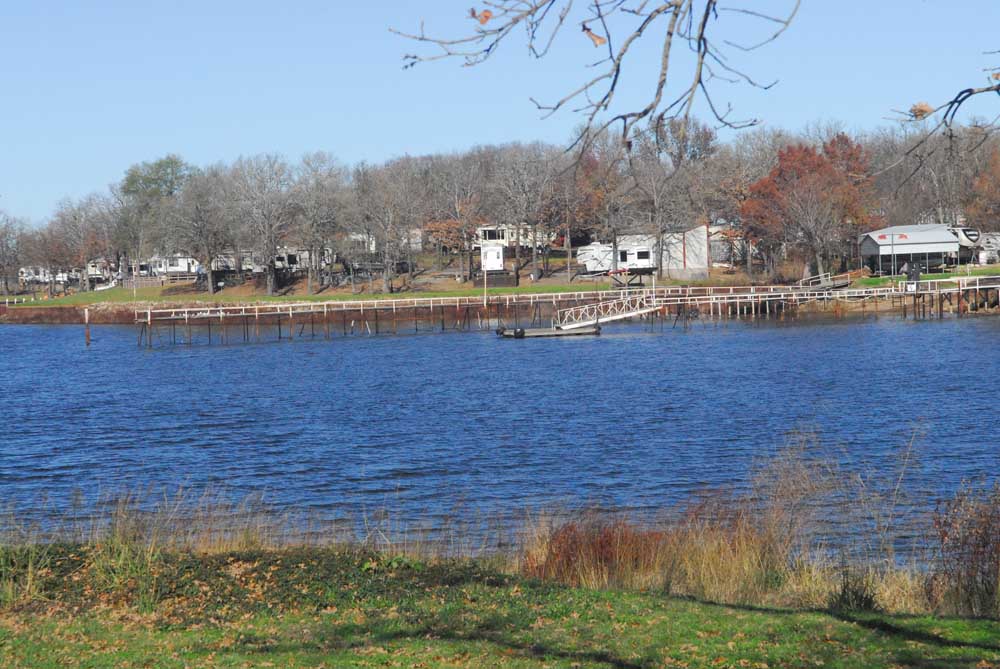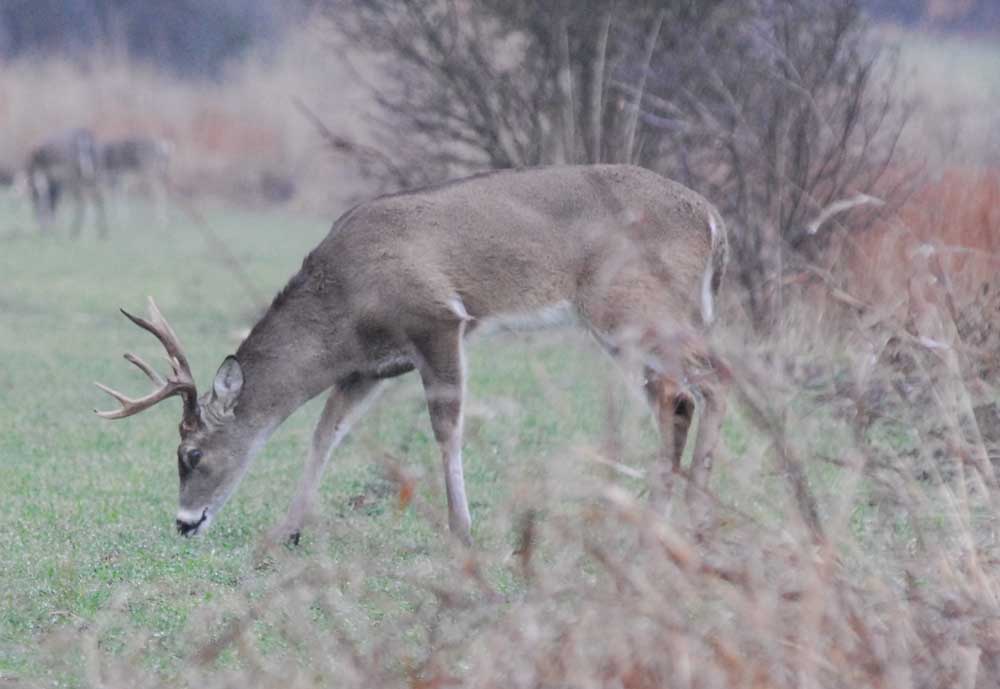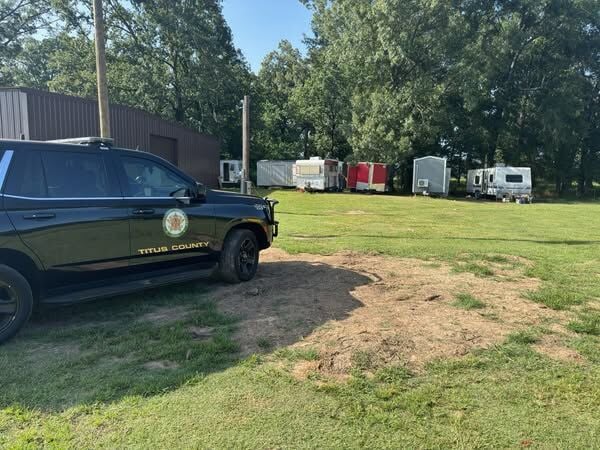Up And Coming: Lake Fork starting to rise after a year of low water levels
Published 2:35 pm Friday, January 6, 2023

- Lake Fork spent much of 2022 down more than 6 feet between drought conditions, evaporation, water demand and a drawdown for dam repairs. It only started to come back up in December.
A low water level has been a pain for Lake Fork fishermen for the past year, but as the saying goes, within every dark cloud there is a silver lining.
The Sabine River Authority was required to do a drawdown last winter for dam repairs. That, on top of the lake already being down from drought, evaporation and water demands, pulled the lake to more than 6 feet below full and that is where it stayed until mid-December.
With recent rains it currently sits just below 5 feet low.
“We finished repairs in March, but before we drew down the lake any, we were already 3-feet low,” explained Conrad King, division manager over Lake Fork for the SRA.
While it was hoped for a quick recovery, that did not happen as an already dry watershed got drier during the summer and fall.
Some of the lake’s users have wanted to blame low water on Dallas since a pump was installed, but that is not the case. Records show Dallas pulled water from January through March, but did not utilize Lake Fork’s water again until pulling a little in August, followed by bigger draws in September through November.
“Most of the water level loss a lot of the time is due to evaporation,” King explained.
He added that Dallas is not the only city with rights to Lake Fork water. Quitman has an intake on the lake, although its pull is small. Longview, Kilgore and Henderson also receive water from Fork’s downstream.
By law, SRA is also required to discharge water to maintain the health of Lake Fork Creek. Combined, all those additional takes total near what Dallas is allotted.
While rain picked up this fall, King said conditions were not right upstream to refill the lake. Until recently what added water the lake got came from rainfall directly over it.
“You have to recharge the soil. You have to get a good bit of moisture in it to fill all the small ponds in the watershed before they overflow and fill the creeks,” King said.
But as those who remember Fork’s initial filling, when conditions are right the lake can recharge quickly. Fork surprised everyone filling up much quicker than expect when impounded in 1980.
With the water level down dramatically, a lot of shallow water shoreline habitat was lost, putting additional pressure on community fishing holes. This resulted in lower-than-normal fishing quality. It also created a situation where reduced spawning success last spring can be expected.
“The only negative (low water) likely created was that the ’22-year-class for largemouth bass should be much weaker,” said Jake Norman, Texas Parks and Wildlife Department Fisheries biologist. “There was less shoreline habitat. The spawn was not zero, but compared to what a year class is normally like on the lake it was probably a negative.”
In the lake’s younger years the loss of shoreline spawning habitat might have been made up by spawning in the timber, but Norman said as the trees have turned into poles without limbs and leaves, its utilization for spawning by bass has diminished.
“In the big picture one year class is nothing. Like crappie have boom and busts, bass keep replenishing their population and you never notice. Bass are not as boom or bust as crappie,” Norman said.
However, the biologist added that in recent years the bass population on Lake Fork has not been as robust as it once was. He said previous drought conditions in 2019-20 resulted in downturn.
“It is not overly alarming like the lake is crashing, but there is not a crazy number of fish because we have not had some lower year classes,” Norman said.
While it would seem a quick return to normal pool level would be a good thing, Norman said he would prefer to see it be more subtle over the next two years. He said although some new-growth vegetation was lost to November’s early hard freezing temperatures, a slow rise would not only provide more spawning habitat over the long run, it could also result in more permanent vegetation establishing in the shallows.
Along with dam repairs, the extended low water level also allowed the SRA to make repairs at the FM 515 East ramp and to make big strides on the Caney Point Recreation Site just north of the Texas Highway 154 bridge being developed as a tournament and recreation site. King said a six-lane ramp has been completed and the cove leading to the site was dredged. Construction is underway on a pavilion.






